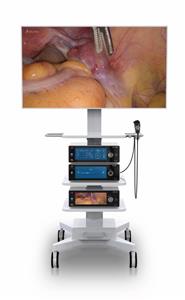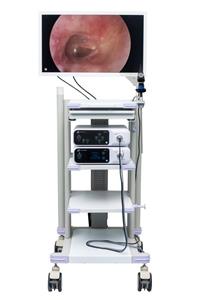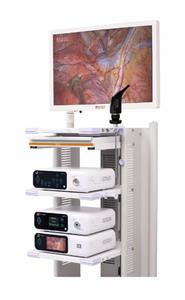Analysis of 3 cases of digestive tract foreign body in dogs treated by endoscopy
Three dogs (Chihuahua, Bichon Frise, and Border Collie) presented with foreign bodies in the gastrointestinal tract, and were initially diagnosed by general clinical diagnosis combined with direct digital radiography (DR). All three cases were foreign bodies in the gastrointestinal tract (esophagus, small intestine and stomach) and were successfully removed by endoscopy with good prognosis. Traditionally, foreign bodies in the gastrointestinal tract are usually treated by open-heart or open-heart surgery, which causes great surgical pain, long recovery time, and high surgical risk to the animal. In clinical treatment, endoscopic technology can also be used for the examination and treatment of the digestive tract, which can be visualized to observe whether there are ulcers, dilatation, stenosis, polyps, foreign bodies and injuries in the digestive tract, and can be used to diagnose and treat each digestive tract organ in a timely manner. Endoscopic interventions need to be combined with general anesthesia, and if general anesthesia is not adopted, the affected dog will be less cooperative with the surgical operation. High-quality anesthesia is the key to the successful completion of the procedure. When performing endoscopic operations, the affected dog must wear a mouthpiece to avoid chewing the equipment and causing economic losses. Strictly observe the operation specifications to avoid mechanical damage to the digestive tract caused by rough behavior. Because of the high technical requirements for manipulating the endoscope, the operator is required to be very familiar with the anatomical structure of the GI tract to avoid misjudgment of the anatomical position and to be skilled in endoscopic operation. The endoscope should be thoroughly cleaned and disinfected after use to prevent cross-infection between different diseases. The diagnosis of a foreign body in the digestive tract can be confirmed by DR examination, and the location of the foreign body can be accurately located. The use of endoscopy to remove a foreign body has the advantages of simplicity, intuition, flexibility, convenience, reduced discomfort, reduced injury, high success rate, shortened postoperative recovery time, and good prognosis, and is the preferred solution for clinical management of foreign bodies in the GI tract.





